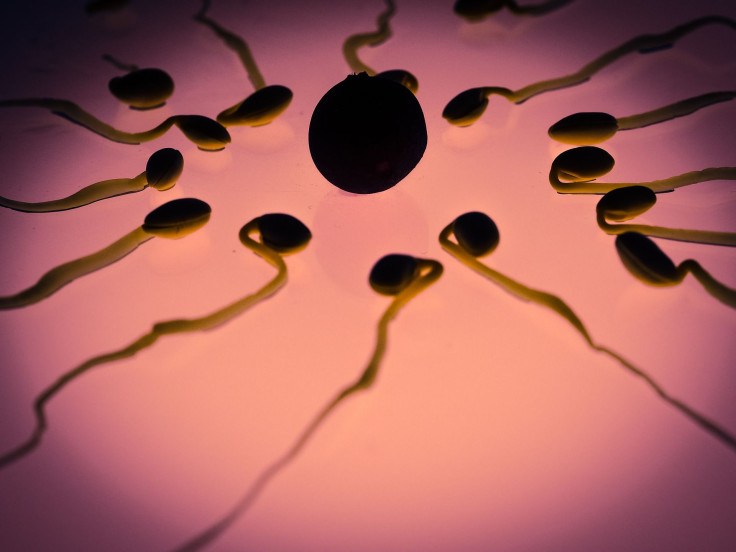New Birth Control Method For Men Uses Sperm-Reducing Topical Gel

A simple birth control method for men is about to begin testing, with researchers hoping a new topical gel will give men an alternative contraceptive method outside of vasectomies and condoms.
Clinical testing is set to begin in April as the National Institute of Child Health and Human Development, a division of the National Institutes of Health (NIH), will conduct the largest U.S. effort to test a hormonal birth control for men. The gel itself can simply be rubbed onto the user’s skin, although the researchers suggest that it not be placed directly on one’s genitals.
The same team of researchers conducted a 2012 trial that combined the application of two gels and the the number of sperm in the test subjects’ semen dropped to less than 1 million per millilitre, MIT Technology Review reports. That number is far below the average 15 to 200 million sperm per millilitre that would actually hinder fertility.
The six-month study showed the gel method to be effective in reducing fertility. But for the new clinical trials in April, the two gels have been condensed down to just one that would obviously be more appealing to potential consumers.
The topical gel combines two synthetic versions of the progesterone and testosterone hormones. The progesterone analogue, nestorone, works as a progestin to block the testicles from creating enough testosterone to produce normal sperm levels. And the stand-in testosterone counteracts the hormone imbalances that progestin causes.
The hormonal male contraceptive study in April will test more than 400 couples in various areas throughout the U.S., U.K, Italy, Sweden, Kenya and Chile. The male test subjects will be asked to take home a pump bottle of the topical gel and rub a teaspoon into their upper arms and shoulder area one time each day.
Science Alert reports that the gel itself dries after about one minute and can be expected to suppress sperm levels for up to 72 hours after application to the skin. Régine Sitruk-Ware, distinguished scientist at the Population Council working in tandem with the NIH researchers, said there would be “a bit of forgiveness” if men should forget to apply it each day.
“It’s not a lot of effort. It’s just remembering to use it every day,” said Diana Blithe, program director for contraception development at the National Institute of Child Health and Human Development, in an interview with MIT Technology Review.
The men will apply the gel for at least four months while their partners also use some form of female contraception for comparison.
Researchers plan to monitor the men’s sperm levels to see that they drop to less than one million per milliliter to most effectively prevent pregnancy, said Blithe. Once the male test subjects’ sperm counts are low enough, the females participating in the study will go off their own birth control.
As part of what’s expected to last for four years of testing and analysis, the couples will then be asked to use the contraceptive gel as their one and only form of daily birth control for a year.
© Copyright IBTimes 2025. All rights reserved.





















